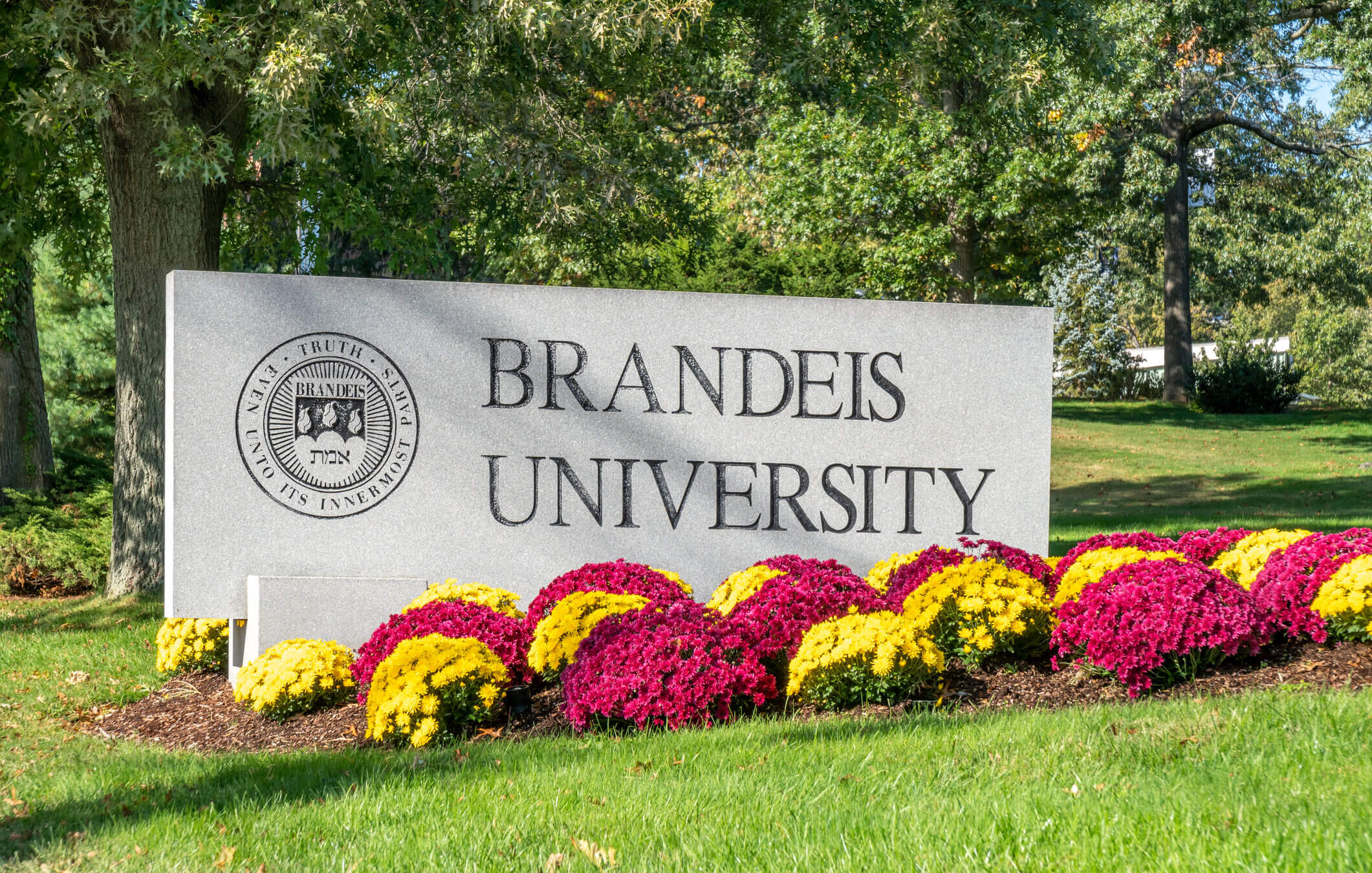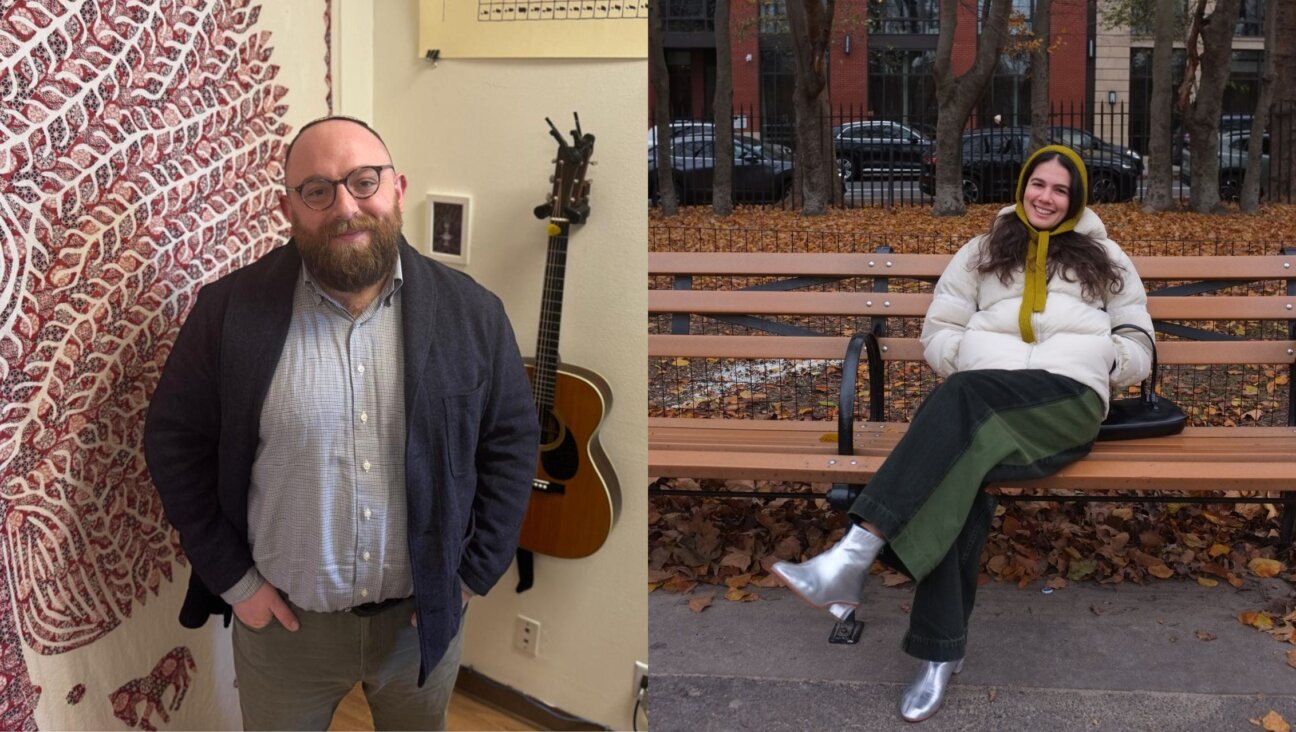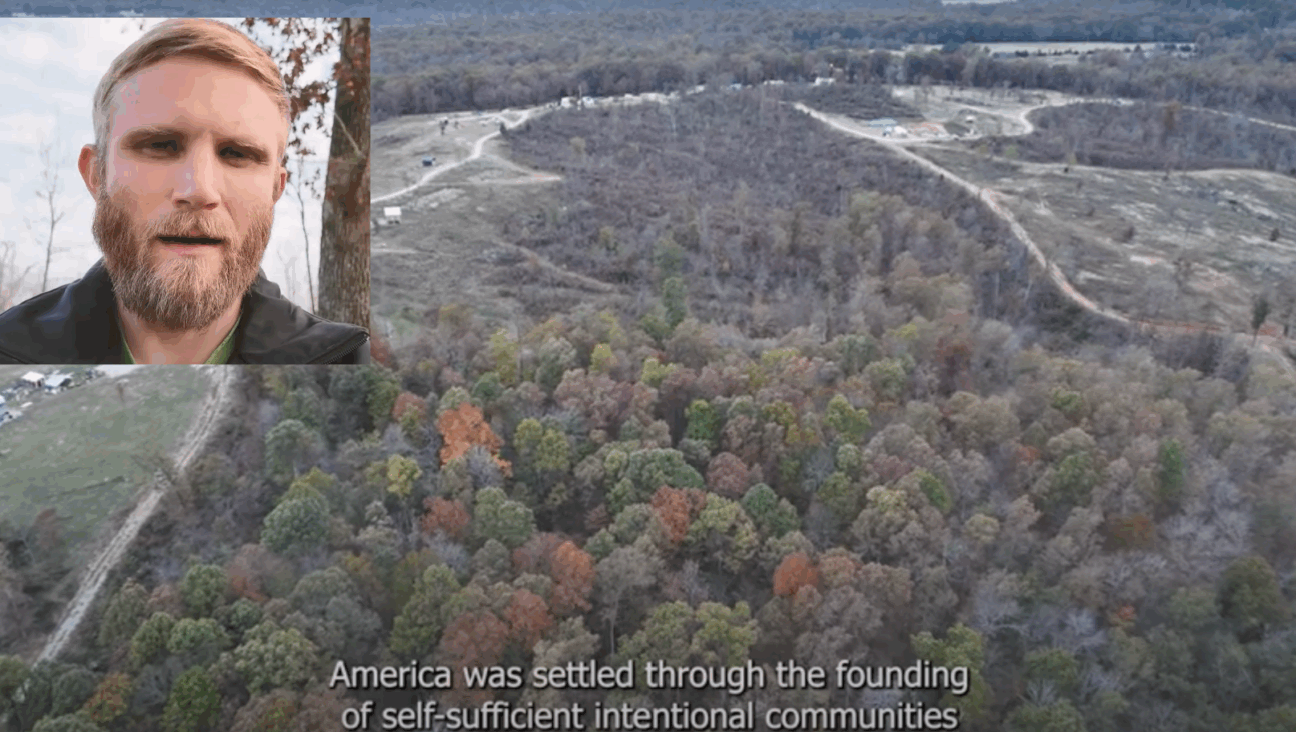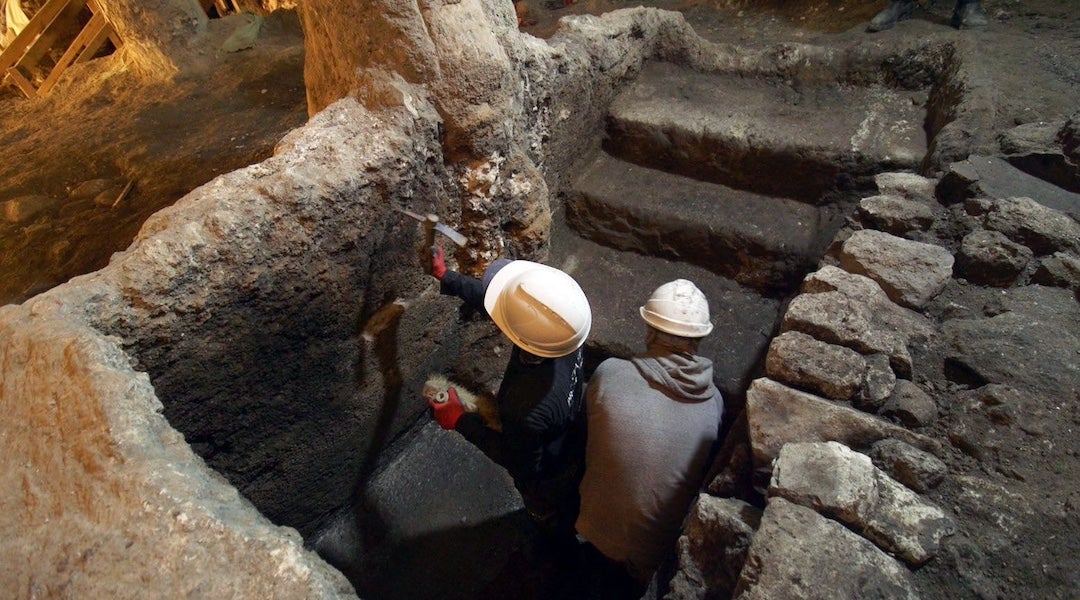‘If Yiddish isn’t safe at Brandeis, where is it safe?’
Brandeis planned to put its Yiddish program ‘on hiatus’ — until the Yiddish community spoke out.

Brandeis University, outside Boston, was established by the Jewish community after World War II. Photo by iStock
Update on July 12, 2025: This story has been updated from its original version to reflect new developments in the saga of Yiddish at Brandeis.
During a lull in the middle of a summertime shift at Jersey Mike’s, Ian Jacobs, a rising senior and linguistics major at Brandeis University, stepped into the back room to check his phone and found his Yiddish class WhatsApp group erupting; word had it that the Yiddish program at Brandeis was officially ending.
“I definitely felt my heart drop through the floor, followed immediately by my stomach and other vital organs,” Jacobs told me. “I was just like, ‘Wow, this is godawful.’”
Citing financial stress and low classroom enrollment of approximately eight students per class, Brandeis had decided to put its Yiddish program “on hiatus” at the end of next year, when the students already enrolled in Yiddish would graduate, after which Ellen Kellman, Brandeis’ sole Yiddish professor for almost 30 years, would likely lose her job.
Kellman, known to many of her students as “Profke,” has helped hatch multiple decades of Brandeis Yiddish students into full-fledged Yiddishists. Under her instruction, students who arrived unable to tell a samekh from a schlos mem have grown into scholars capable of reading the work of Y.L. Peretz and Itzik Manger in the original Yiddish, and discussing it with one another.
“Yiddish overall has kind of changed the trajectory of my life,” said Dina Gorelik, a former student of Kellman’s who graduated last year and now works as a bibliography fellow at the Yiddish Book Center, where many aspiring Yiddishists (including Gorelik and me) have made a pilgrimage for a summer Yiddish internship. “Brandeis was a big piece of that puzzle.”
Students like Gorelik and Jacobs considered themselves the lucky ones. “It very much feels like I caught the last helicopter out, the last lifeboat,” Jacobs told me. “I also had a lot of friends who were very interested in taking Yiddish. They were all planning on doing it next year.”
The Yiddish world is small enough and welcoming enough, according to Sara Feldman, Yiddish preceptor at Harvard (where I studied a full year of Yiddish with her), that any person who plunges into the Yiddish pond is likely to have a ripple effect. Without the program, next year’s would-be Yiddish students at Brandeis will miss out on the Yiddish world, and the Yiddish world will miss out on them.
“The people who come to Yiddish really, really want to engage with it. They use it. They become part of the Yiddish world,” Feldman told me. “They make art, they do scholarship, they teach other people. You get a lot out of every person who studies Yiddish, and it contributes with effects far beyond just the classroom itself. Every student has this domino effect on the world.”
When Jacobs and his classmates learned the news, they immediately sprang into action in defense of themselves, their professor, and these Yiddishists yet unborn. “We were all like, OK, we’re gonna start emailing parents, texting every Yiddishist that we know, and alumni, et cetera, and see if we can get a campaign going to save the Yiddish program,’” he said.
Brandeis Yiddish students past and present fired off salvos of emails to Jeffrey Shoulson, Dean of Arts and Sciences, urging him to intercede with the president and provost. Ignited by a call to action in the Boston Yiddish Culture and Klezmer Community WhatsApp group, Yiddishists in the area wrote to Brandeis administrators and tried to explain the beauty of the language, and the danger of throwing a treasure overboard to lighten the financial load.
Not yet a month after learning the news that Brandeis would end its Yiddish program, “Profke” Kellman received an email: impressed by the barrage of emails and letters the school had received in support of Yiddish, President Arthur Levine and his advisors had decided to allow the program to continue. However, there would be limitations: Only two Yiddish classes would be taught each year instead of four, alternating between one year of introductory courses and one year of more advanced levels.
Yiddishists breathed a collective sigh of relief. “Not perfect, but as a compromise I think it makes a lot of sense,” wrote a member of the Boston Yiddish WhatsApp group. Yiddish, nine-lived like a cat, had escaped with its life again. Yet the fact that a school like Brandeis, historically a bastion of Jewish culture and history, could even think of packing up its Yiddish program struck many as a warning.
“The reputation that Brandeis has created is that it is a school with such strong Jewish studies,” Gorelik said. “If Yiddish isn’t safe at Brandeis, where is it safe?”
Yiddish, like the people who speak it, has spent much of its history under threat. To Yiddish educators like Feldman, this puts the responsibility of preserving Yiddish in the hands of colleges, especially Jewish ones like Brandeis.
But colleges are not just vaults to store Yiddish, places where the language’s treasures can languish undisturbed for thousands of years like the loot in a pharaoh’s tomb. To Feldman, small-group college classes, which emphasize speaking Yiddish in face-to-face conversations, have the power to revitalize the language as other forms of study never can.
“Having the opportunity to sit in a classroom in person on a regular basis is an important avenue for real communicative work that advances the student’s skills in a way which self-study, remote study, and certainly text-only type of work, does not provide that person,” she said.
In Jewish legend, the golem is a powerful magical creature who rises up to defend the Jewish people in a moment of need. Usually, golems are brought to life by words, such as the incantation of a rabbi. If the story of Brandeis Yiddish’s death (and subsequent resurrection) has any folkloric message, perhaps it’s that the golem that defends Yiddish is also summoned by words — the words of people who speak up, fight back, and ask for change.
“The story of Yiddish is similar to the story of the Jewish community as a whole,” Jacobs said. “Despite everything, despite external and internal pressure to stop, despite the institutional pressures, and genocides, and everything, it has managed to survive.”















